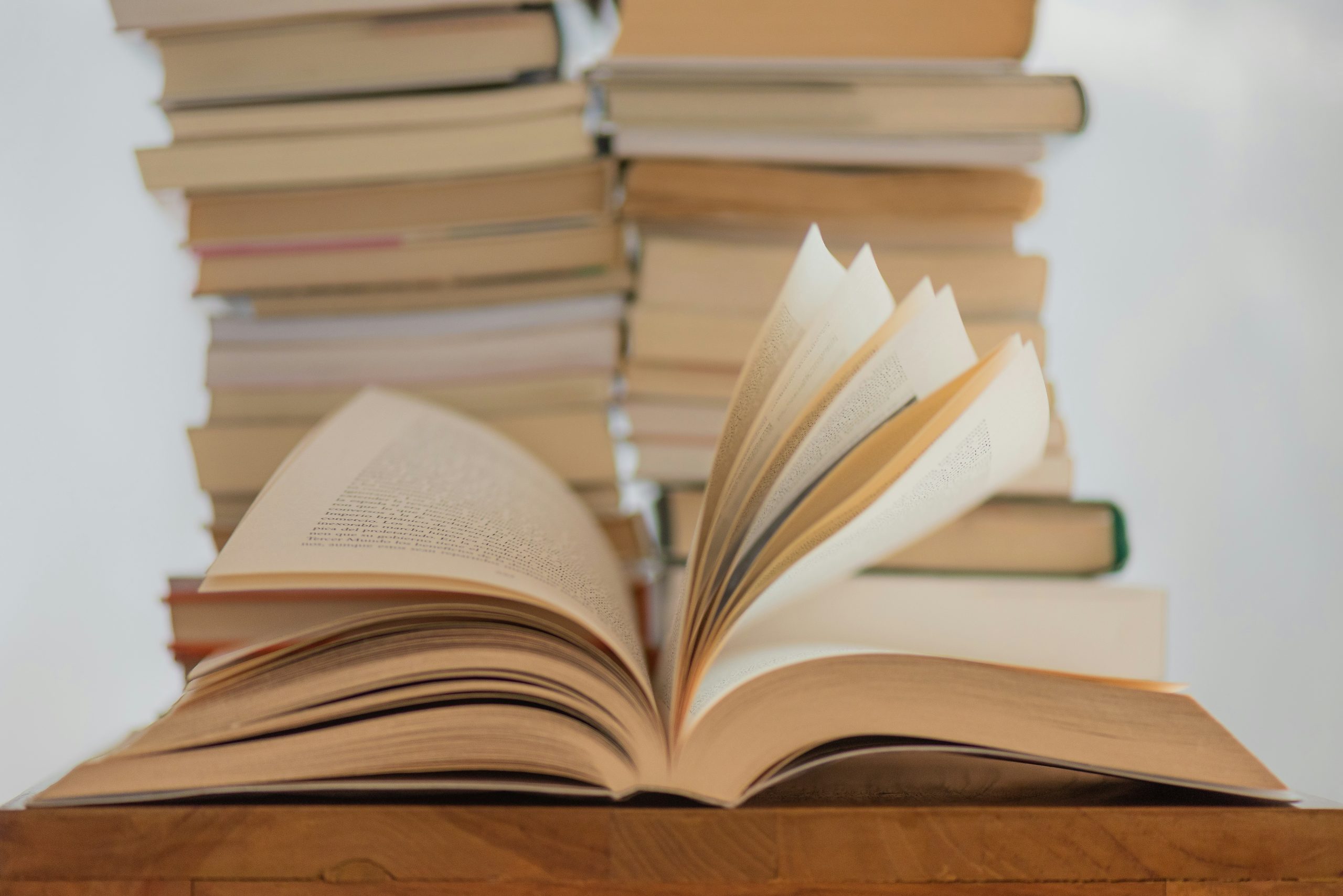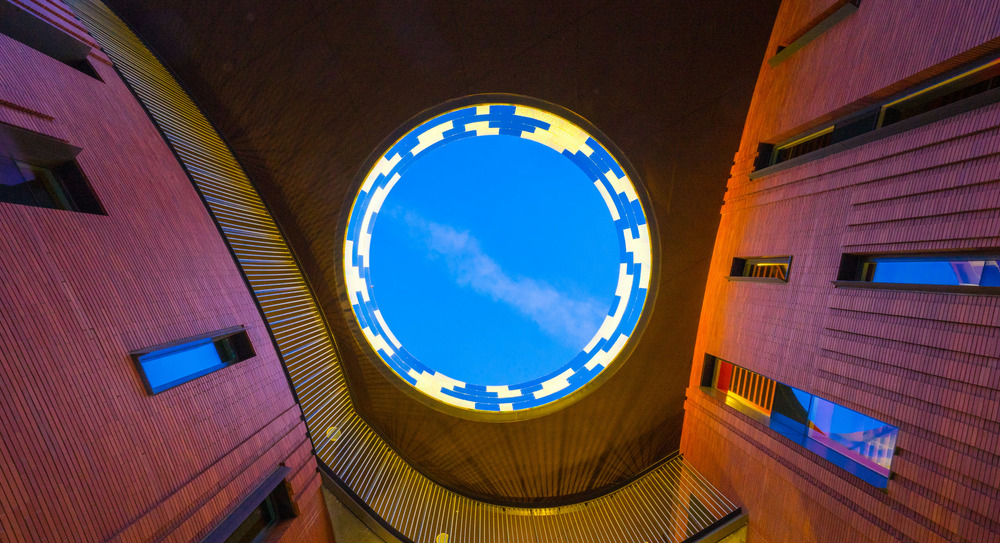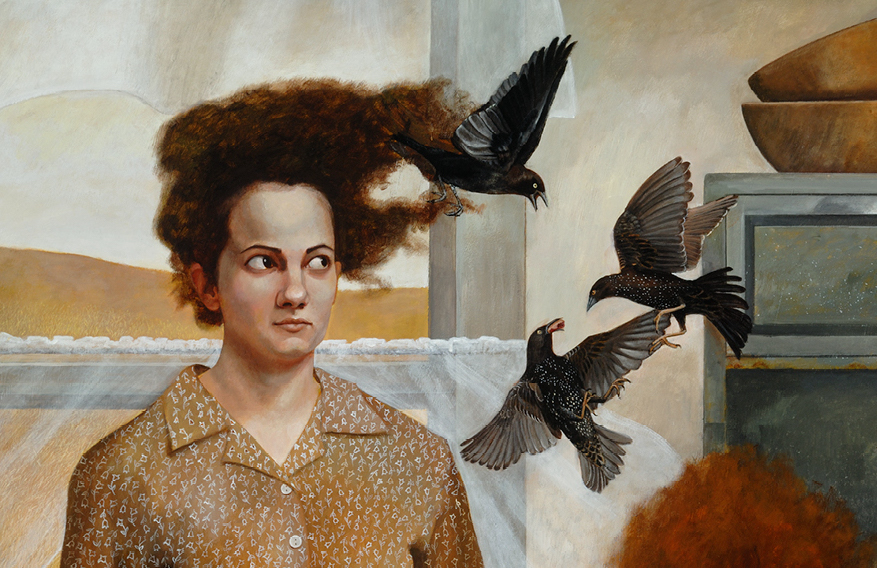Books & Culture
The National Cowboy Poetry Gathering Is Rewriting the Typical Image of the Cowboy
The event, online this year for the first time, strives to reflect the diversity that's always been part of the American West

The plink-plink of a tack piano gives way to the voice of Kristin Windbigler, executive director of The Western Folklife Center, asserting “2020 taught us that our perspective on the state of the world looks better when viewed through the ears of a horse.” Kent Rollins stands on a windy Oklahoma plain and describes how to make the low-maintenance sourdough starter we all needed eleven months ago. Legendary cowboy poet Dick Gibford explains the popularity of his genre among ranch hands in the bunkhouse—“good poetry is good poetry no matter what walk of life you’re in”— more recently minted cowboy poet, Jonathon Oderman, jokes with his chicken Penny, and the center’s sponsor Nevada Gold Mines makes a case for an inexorable bond between mineral extraction and Nevadan prosperity.
The 37th National Cowboy Poetry Gathering is underway. And this time, for the first time, the gathering’s gone virtual.
The cowboy poets are not the sort of cowboys who ride the ranges of popular culture’s iconography.
Every year since 1985, the Western Folklife Center has hosted the National Cowboy Poetry Gathering, a dead-of-winter celebration of Western ranch culture and traditions on the high desert plains of Elko, Nevada. Music, visual arts, dance, cooking, leather crafts, storytelling, rope braiding, and more are all part of the show, but cowboy poetry, the performative folk art practiced primarily in the ranching communities of the West, is the point. The cowboy poets are, almost to a person, real cowboys, defined by what they do (or at least what they write about doing)—physical work in support of cattling operations, ranch work, which can happen, among other places, on the range, in the rodeo ring, on the farm, at the feed store, in the forest, on the mountain, and in the home–and not by race, gender, or a simple-minded and violent reactivity. In other words, the cowboy poets are not the sort of cowboys who ride the ranges of popular culture’s iconography, a historically inaccurate fiction born in the movie studios of 1930s Hollywood.
The gathering normally attracts upwards of 6,000 fans: rodeo riders, ranch hands, cattlemen, folklorists, Western families, and a growing number of literati, media outlets, and cowboy-curious greenhorns. Attendees pay hundreds of dollars each for six days of recitations, poetry discussions, and social events at which the cowboy poets are stalked like Timothée Chalamet at Vanity Fair’s after-Oscars party. Many of the evening poetry performances are standing room only, and most end with boot-stomping ovations that shake the 900-plus-seat Elko Convention Center Auditorium.
Because of the pandemic, this year’s gathering took place online. On a recent Saturday, while the East braced for a significant winter storm and Elko endured one, cowboy poets and their fans put the coffee pot on the stove or cracked open a Sierra Nevada and gathered for a ten-hour video marathon. The streamed version managed to maintain, and sometimes even amplify, much of the charm of a live gathering (though admittedly without the foot-stomping, hat-waving, spur-jangling, whiskey-gulping raucousness of the real thing). Cowboy poets checked in from their ranch properties, atop their horses or aside their dogs or among their grazing cattle, in pre-recorded segments (a necessity because both Elko and most of this year’s performers reside on the far side of America’s urban-rural digital divide, and don’t have a reliable connection for live video). A chat scrolling below the video stream was a steady stampede of shoutouts to old friends and gentle poet-to-poet ribbing as each participant took the virtual stage. During breaks in the readings and music, footage from the first gathering in 1985 ran, and the chat box swelled with the guffaws of those seeing their younger selves perform and the laments of those suddenly looking on the faces of friends long gone.
Much of the success of this year’s video gathering is down to Windbigler, who, despite fierce opposition from the many in the Elko community for whom the gathering represents substantial tourist dollars at an otherwise slow time of year, started in June to make plans to take the event online. And given her involvement, it’s no surprise the virtual version went so well. When it came to lassoing digital technology in aid of corralling a scattered audience, this was in no way Windbigler’s first rodeo. Her previous jobs were working with TED in New York to expand the reach of its talks worldwide, and before that with WIRED magazine in San Francisco.
Bringing on the digital media savvy Windbigler is part of broader effort on the part of the Western Folklife Center to attract a younger, more diverse, more national audience to the gathering (the mandate the center’s board gave her when they hired her in 2017). As part of that, the Western Folklife Center is doubling down on its efforts to redefine (or, as history tells us, correctly define) the “cowboy” in “cowboy poetry,” countering the stereotype of a gun-toting, right-wing white male, slow-witted but quick with the trigger finger anytime he feels a threat to his God-given freedoms. Think John Wayne, Ronald Reagan, Cliven Bundy, or Couy Griffen (the founder of Cowboys for Trump, currently locked in a D.C. jail awaiting charges related to his participation in the January 6 insurrection at the Capitol).
Rebranding the cowboy poet as something other than white, male, and mean seems essential.
Last year’s 36th Cowboy Poetry Gathering provided a powerful counternarrative by focusing on the Black cowboy. Performances included: Grammy-winning Dom Flemons playing songs from his 2018 album Black Cowboys; urban cowboys from South Central LA discussing the horsemanship, traditions, and art of the historical Black cowboy community there; Black, white, and multiracial members of Oregon’s rodeo-riding McKay family telling stories and talking up their latest film project; and several lectures on the history of Black cowboys, who made up 25 percent of the wranglers working the great U.S. cattle drives that took place from the 1860s through the first decade of the 20th century. The first cowboy poets, and presumably the first cowboy poetry fans, were among the herdsmen who moved 27 million cattle from Texas to Kansas’s rail centers during that era.
Rebranding the cowboy poet as something other than white, male, and mean seems essential if the Western Folklife Center is going to succeed in using the National Cowboy Poetry Gathering to further its stated mission of deploying “story and cultural expression to connect the American West to the world.” After all, Amanda Gorman is the face of poetry in 2021, not the Marlboro Man.
And the Western Folklife Center did certainly counter that image with its 2020 gathering and again this year, as a number of featured artists dialed in from Indigenous American ranching communities. A highlight of the stream was the Martin Sisterz performance of “Piccadilly Billy,” a traditional Diné tune updated with the perhaps equally traditional pop theme of teen crushes. (All ten hours of the 2021 National Cowboy Poetry Gathering will be made available in early March to members of the Western Folklife Center, a membership that also includes early access to tickets for the 2022 gathering). But the truth is the National Cowboy Poetry Gathering has from its inception challenged the popular and historically inaccurate stereotype of the American cowboy. From the first keynote lecture at the first gathering, when Jim Griffith, gathering cofounder and folklorist, outright stated the premise, organizers and supporters of the center and the gathering have made it clear that the cartoon caricature of the cowboy is too simplistic to produce the type of poetry that has always been the focus in Elko. Cowboy poetry is a complex and evolving art, staying true to its roots and relevant to modern Western ranch culture. As English Professor Emeritus at Utah’s Westminster College David Stanley explains in his essay “Form and Tension in Cowboy Poetry,” cowboy poetry is a combination and refinement of a number of styles, traditions, forms, topics, inspirations, and metrics: the Victorian era’s embrace of parlor poetry recitation as prime time entertainment; Homer’s Odyssey to the Bible to Ulysses, both Tennyson and Joyce’s versions; Old English folk poetry, beat poetry, rap, and poetry slams; balladeers like Robert Service and Rudyard Kipling; modern political bards like Woody Guthrie and Bob Dylan.
This is not poetry for incurious meatheads.
Furthermore, again according to Stanley, mastering the performative art of cowboy poetry is the work of a lifetime. It comes not from “…reading essays that dissect and analyze the poetry but from being in the midst of a lively poetic subculture that also values hard, practical knowledge of cattle and horses… The conventional norms of this poetic tradition—how far the poet can depart from standard forms, what the generally accepted limits are, how rules can be altered, and what constitutes a good or successful poem—exist within cowboy poetry and within cattle culture and are learned subconsciously and over time.”
This is not poetry for incurious meatheads.
In the keynote address for the 2021 National Cowboy Poetry Gathering, “Philosophers on Horseback: Cowboys as Pacesetters in Western American Thought,” Dr. Patty Limerick of the University of Colorado’s Center for the American West warns against allowing a poisonous stereotype to keep us from benefiting from the “wisdom and thought (and here I would add ‘art’) of people who work with material reality.” She’s talking, of course, about the cowboy poets.
Dr. Limerick ended her lecture with a proposal: that President Biden invite Amanda Gorman and a cowboy poet to some future national unity event to recite poetry that speaks beyond stereotypes to the honest history and real lives of messy, complex, diverse Americans. The cowboy poet doesn’t need a rebranding to earn a place on that stage, something anyone who has followed the National Cowboy Poetry Gathering and the Western Folklife Center already knows. But for those who doubt, perhaps instead a refocus is in order—to look past a distorted image of the American cowboy toward the wider horizon against which today’s cowboy poets honor the traditions, challenges, and work of the American West.








